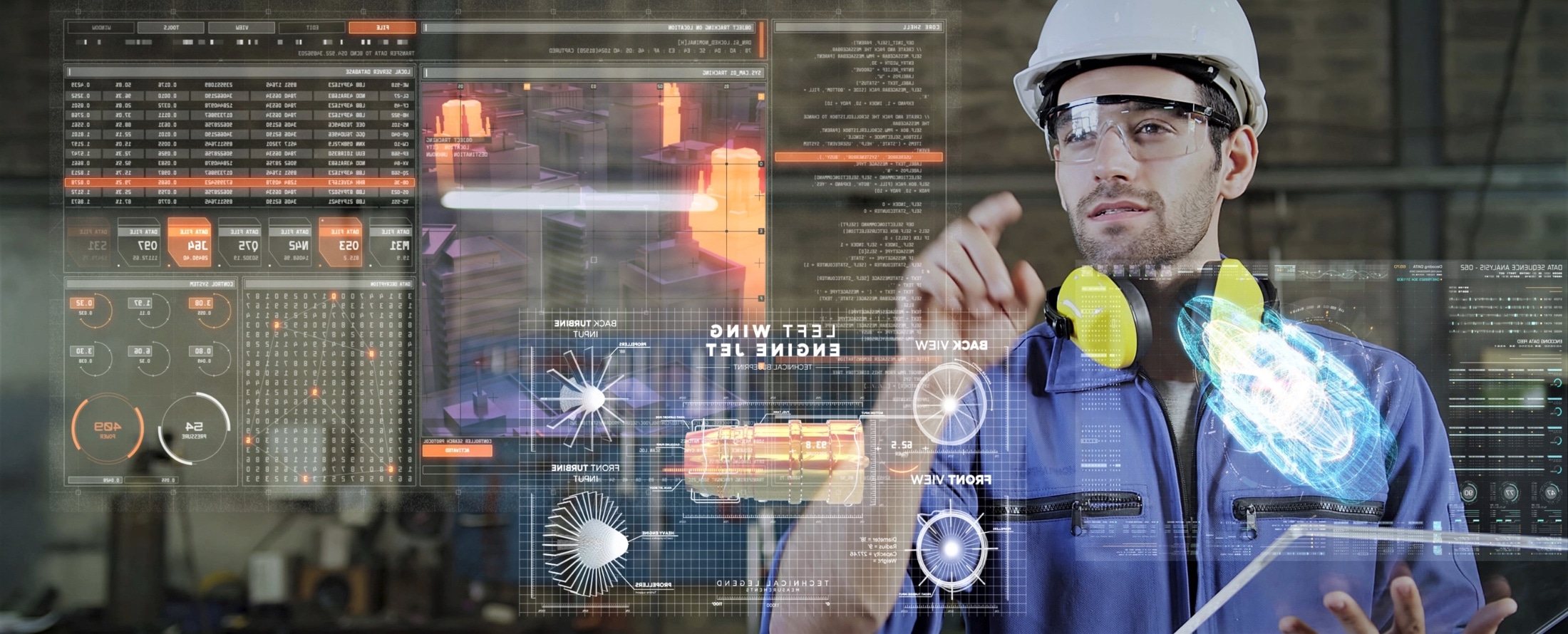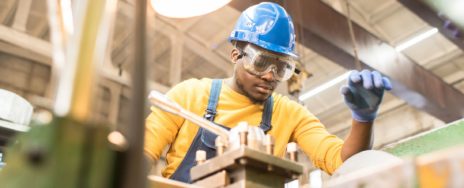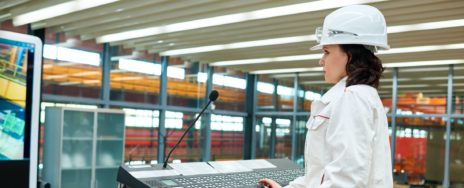The COVID-19 pandemic undoubtedly rocked the manufacturing industry to its core. But each challenge presented a new opportunity to adapt to a new future full of innovative technology, communications, and processes.
And, what exactly is shaping the future for manufacturing?
According to industry influencers, digital tools, talent, the sharing economy, and brain-computing interface chips are what’s on the table.
Trend #1: People, Talent, and Culture Will Be Critical to the Recovery Process

Jim Vinoski is an industry expert and writer for Forbes and BIZCATALYST 360, where he writes about all things manufacturing.
When it comes to some of the industry’s biggest challenges over the next five years, Jim pointed to the most essential part of any business – the people.
He said:
“For manufacturing, among our many challenges over the next five years, people are going to be front and center. There’s the challenge of numbers: how do we find the people we’re going to need? There’s training: how do we instill fundamental know-how in young folks who haven’t been exposed to mechanical systems like generations in the past were in shop classes and in tinkering, and how do we train for advanced manufacturing technologies that are evolving fast?”
Jim also stressed the need to reimagine traditional perceptions of the industry itself:
“And there’s marketing: how do we show the new generations that manufacturing isn’t the dirty, dangerous world of their grandparents, but increasingly a clean and high-tech world of personal development and opportunity?”
Additionally, Andy Kalambi, CEO of industrial 3D printing company, RIZE, believes purpose-based cultures that prioritize continuous learning are what will attract and retain employees in the industry as we go forward.
“Employees need continuous engagement and motivation. The pandemic has created a new dynamic where individuals are re-evaluating their priorities and want to be inspired and motivated to contribute. A purpose driven approach will enable companies to keep them motivated.”
“Building a culture requires creating a set of habits and behaviours which are incentivized. Reskilling and upskilling of the workforce will now be a continuous endeavor and will need to be embedded into the work flow.”
Trend 2: Digital-First Will Be Manufacturers’ Greatest Advantage In The Recovery
Johnny Williamson is a B2B content producer specializing in manufacturing and technology. With an extensive background in journalism on the topics at hand, Johnny provides insight and thought leadership on major trends impacting the manufacturing industry – such as digital transformation.
When it comes to the economic recovery from the pandemic, Johnny predicts that digital connectivity will be the major driving force.
“What nations, organisations and individuals have faced as a result of the global COVID-19 pandemic shows just how quickly the status quo can be disrupted. Yet, while it may have appeared as if the world was on pause, the reality is that many businesses, particularly manufacturers, never stopped.”
He continued:
“The businesses who managed to adapt to this new world most effectively either already had a strong yet flexible digital backbone, or quickly recognised the imperative and began the process of building one. Adopting more of a digital-first mindset has enabled manufacturers to better automate, innovate and communicate and maintain their laser-like focus on delivering value to their customers.
Whether their goal is to become more predictive or productive, sustainable or adaptable, manufacturers have truly begun to leverage data analytics, artificial intelligence, and IoT connectivity, among other advancements, to not only bounce back from COVID-19 but to future proof their operation against whatever lies ahead.”
Trend #3 The Sharing Economy Will Play A Major Role

Mathilde Degletagne is an author at BizBiz Share, a platform that enables companies to work together to share access to resources needed to optimize efficiency.
When it comes to what’s next for the industry, Mathilde believes the sharing economy will play a major role.
“People are starting to realise that they don’t need to own things anymore, all they need is to have access to it. That’s where sharing makes a difference.
The sharing economy has already taken over our lives in general, with cars or apartments for example. It’s not long before businesses join the trend too. It has already started.
It’s not some fantasy about doing more with less, rather doing more with what we already have. And that is doable, and it will surely make a difference.”
Trend #4: Demand For Remote Access To Data Will Remain
Matt Judge is the VP of Sales at VizSeek and a public speaker. According to Matt, the need for instant access to manufacturing data will only become more prominent in the next normal.
“If the pandemic is any indication, one shift will be toward quick access to manufacturing data from remote locations. As a supplier of visual search software, which allows staff to locate product photos, pdfs, and engineering files using shapes in those files, we have seen a sharp upturn in interest, since colleagues could not easily tap each other’s knowledge to locate mystery data.”
Additionally, Europe and Asia are ahead of the game when it comes to adopting new technologies. If that remains, a new balance of power could follow suit.
“Equally interesting is that European and Asian manufacturers appear quicker than American companies to embrace new technology. There will be a realignment of manufacturing power if that continues.”







